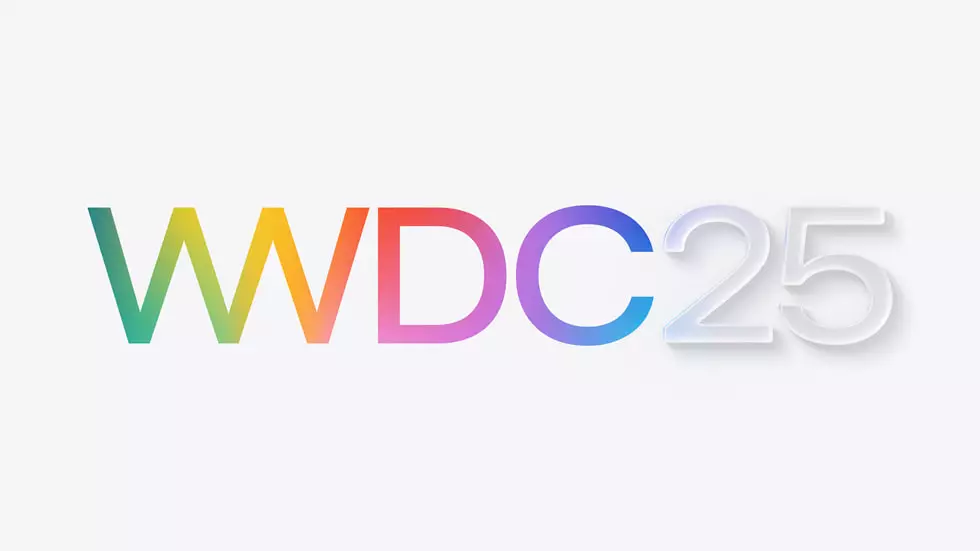Last year, the atmosphere surrounding Apple’s Worldwide Developers Conference (WWDC) was electric. Enthusiasts awaited groundbreaking revelations in artificial intelligence, fueled by speculation that Apple was ready to unleash robust AI capabilities to rival the likes of Google and OpenAI. Designers and developers were hopeful that they would witness the dawn of a new era in which Apple’s sophisticated AI technologies would transform how we engage with devices and applications. However, the anticipation culminated not in fireworks but in subdued responses as Apple’s actual capabilities fell short of expectations.
The tech giant presented enticing demonstrations, leading many to believe that a paradigm shift was imminent. Yet a year later, it has become evident that Apple’s progress in the AI domain has been muddled by delays and elusive promises. The company’s lofty vision for a harmonious integration of on-device AI and a revamped Siri—one expected to comprehend and adapt to user behavior—remains partially unrealized. This gap between ambition and execution raises questions about Apple’s competitive edge in a rapidly evolving technological landscape.
Siri’s Struggles: The Heart of the Matter
At the crux of Apple’s AI aspirations lies the anticipated evolution of Siri. Positioning the newly envisioned Siri as a central component of its AI strategy, Apple implied a transformative experience that could redefine user engagement. However, the delayed rollout and inconsistent implementation have left developers grappling with incomplete functionalities. This inconsistency compromises both the potential for innovative applications and the user experience, creating a frustrating scenario where promises bounce back as disillusionment.
Developers have found themselves boxed in, constrained by the unavailability of the enhanced, AI-enabled Siri functionalities they hoped would catalyze their creativity. For users, the inability to rely on these intelligent interactions transforms the hype into mere digital echoes. In a race dominated by nimble competitors who are accelerating their strides—like OpenAI and Google—Apple’s apparent stagnation in AI development creates a precarious challenge to its reputation and relevance in tech innovation.
A Cautious Outlook for WWDC 2025 and Beyond
As WWDC 2025 approaches, the aura of excitement has considerably waned. Stakeholders now harbor tempered expectations, anticipating incremental enhancements rather than transformative breakthroughs. Both analysts and developers express hopes for smoother integrations of AI into existing applications and more genuinely empowering tools. However, there is little optimism regarding a significant leap in Siri’s capabilities. The narrative has shifted from radical possibilities to the need for fundamental refinements and adjustments.
One realm where opportunity beckons is AI-assisted app development. Success stories of AI tools have flourished in the market, enabling both seasoned developers and novices to generate code and develop applications with ease—powerful platforms like ChatGPT and user-friendly tools such as Canva have paved the way for more accessible app creation. In this shifting paradigm, Apple risks lagging if it does not adapt its offerings to embrace these advancements. Efficient AI tool integrations could enhance the iOS app ecosystem, allowing Apple to tap into lucrative revenue streams, especially as other income sources face regulatory headwinds.
The Imperative of Adaptation and Legal Challenges
Apple’s efforts in AI must contend not only with competitors but also with evolving legal landscapes that threaten its traditional revenue models. Recent court rulings necessitating changes to App Store policies—like allowing developers to direct users to alternative payment methods—have the potential to disrupt Apple’s established financial structure. This upheaval poses significant questions regarding whether the company can effectively monetize its ecosystem when external pressures compel developers to seek comparisons outside of Apple’s platform.
While Apple has unveiled initiatives, the full impact of these moves remains to be seen. Despite showcasing tools such as Swift Assist, the widespread adoption and implementation of these offerings lag. Reports of a promising Anthropic-backed coding tool raise both hope and skepticism, as developers remain on edge about how Apple will navigate these turbulent waters. Transformative tools for app development are essential, not just for the expansion of the iOS ecosystem, but also for Apple to restore confidence in its commitment to innovation.
Ultimately, Apple faces a crucial challenge: to reaffirm the intrinsic value of its ecosystem in an era dominated by competitive AI advancements and regulatory changes. With elevated expectations among users and developers, Apple cannot afford to merely be a spectator in the AI revolution. The stakes are high, and the company must demonstrate its capabilities—because in a world where AI propels progress, complacency could mean irrelevance.

